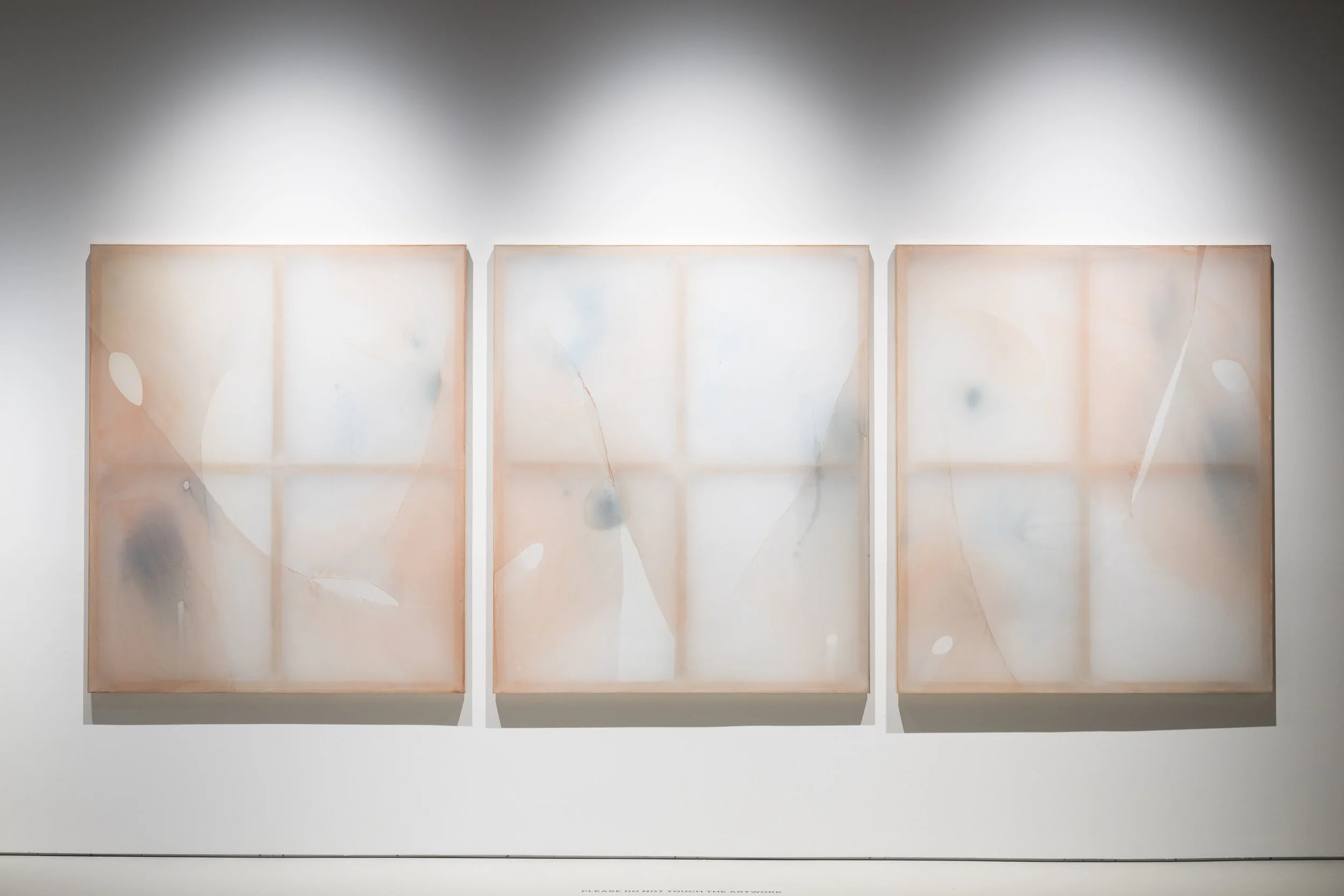Everyday Practices
Installation view of 'Everyday Practices’ at SAM at Tanjong Pagar Distripark. Image courtesy of Singapore Art Museum.
Singapore Art Museum (SAM) unveiled its new collection gallery at Tanjong Pagar Distripark with the inaugural exhibition Everyday Practices, reaffirming its commitment to showcasing and curating contemporary art from the National Collection that inspires profound reflections on our world today. Opened to the public on 30 August 2024, the exhibition is housed in the new Gallery 4 on Level 3 — SAM’s first space at Tanjong Pagar Distripark dedicated to highlighting varied critical artworks in the museum’s collection. Everyday Practices delves into the fundamental conditions of life and meaning, featuring works from 19 artists and one artist collective from 10 Asian countries.
Everyday Practices draws inspiration from Tehching Hsieh’s seminal work, One Year Performance 1978–1979, where Hsieh confined himself to a self-constructed holding cell in his studio and remained in solitude for a year, abstaining from activities such as conversation, reading, writing, listening to the radio, or watching TV. This became the first of Hsieh’s five year-long durational performances which turned the banality of life and the passage of time into both medium and subject for his art.
Building on Hsieh’s philosophy, Everyday Practices brings together diverse artworks by artists from different generations and geographies across Asia, focusing on the themes of “everyday”,“repetition,” ” and “endurance.” These artworks showcase the inventive ways artists have appropriated daily routines and lived experiences to express powerful statements of resilience and endurance in navigating adversity.
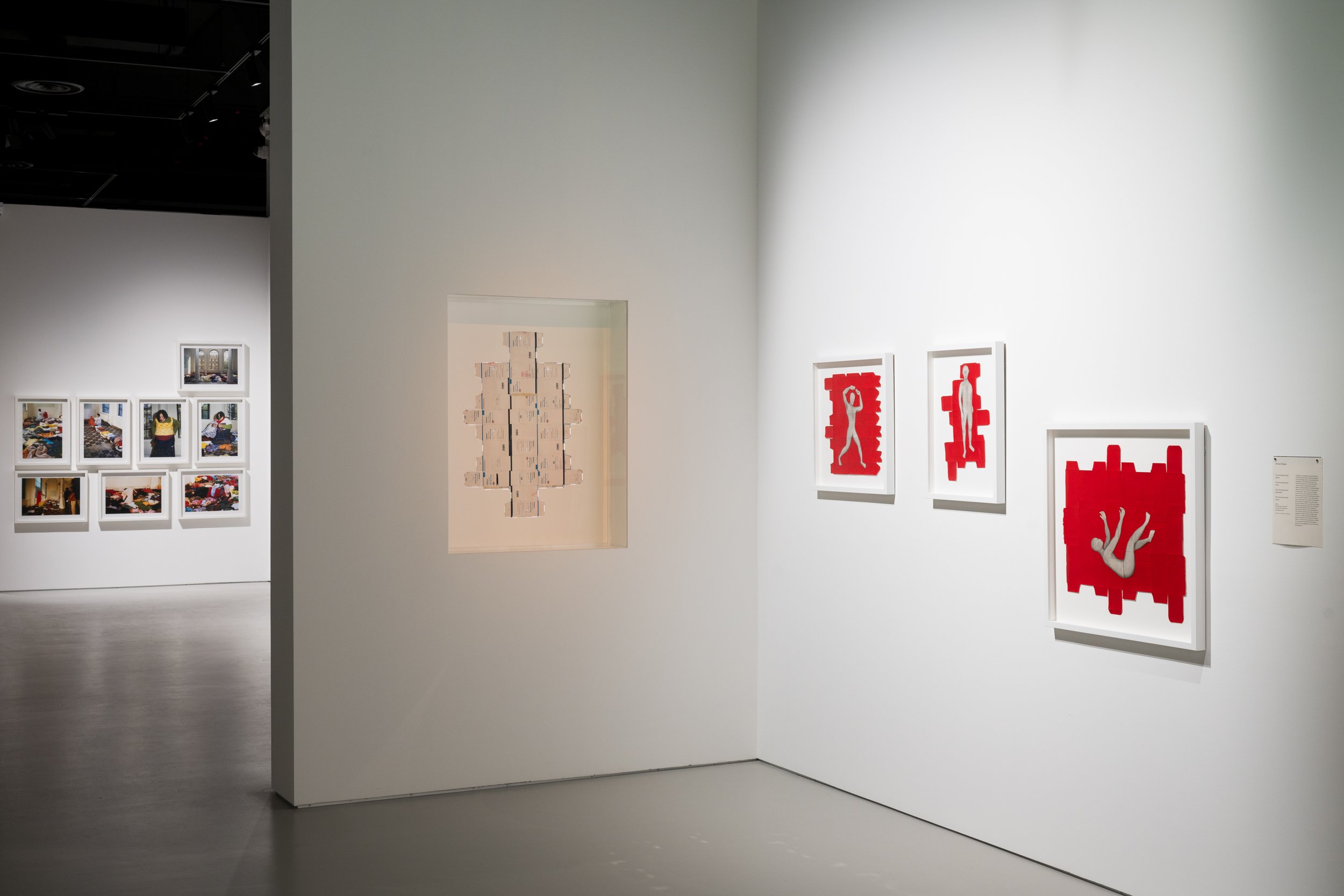
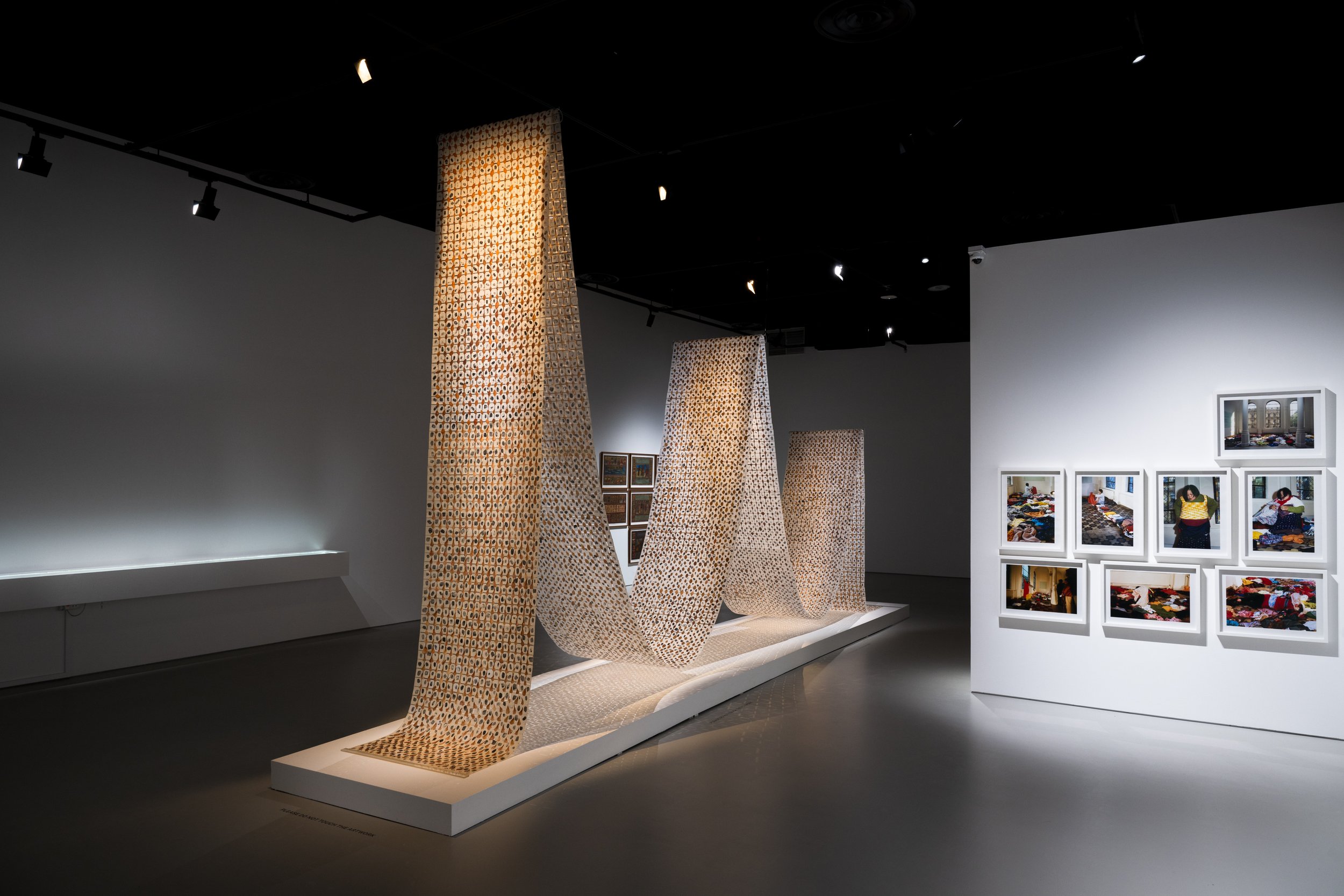
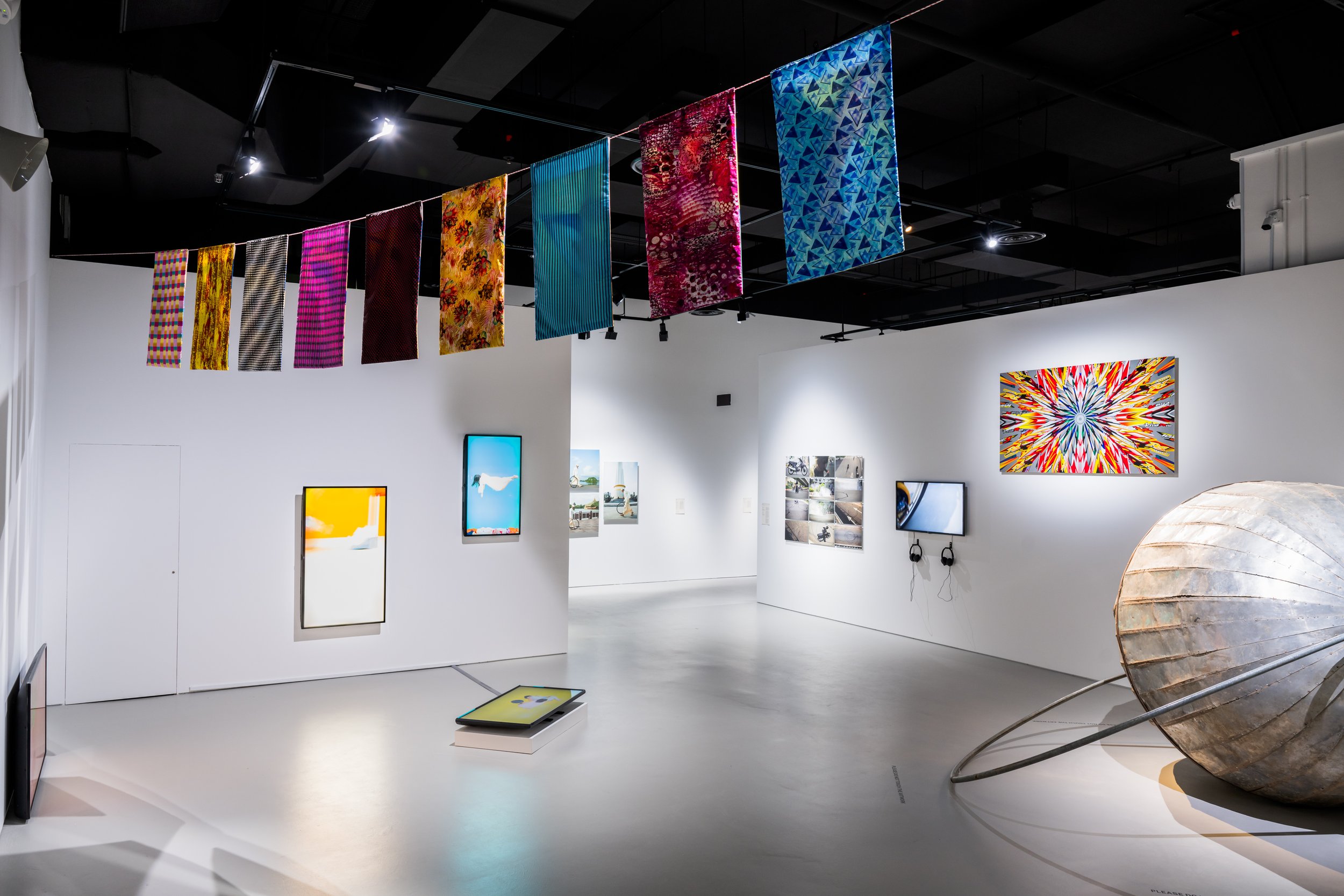
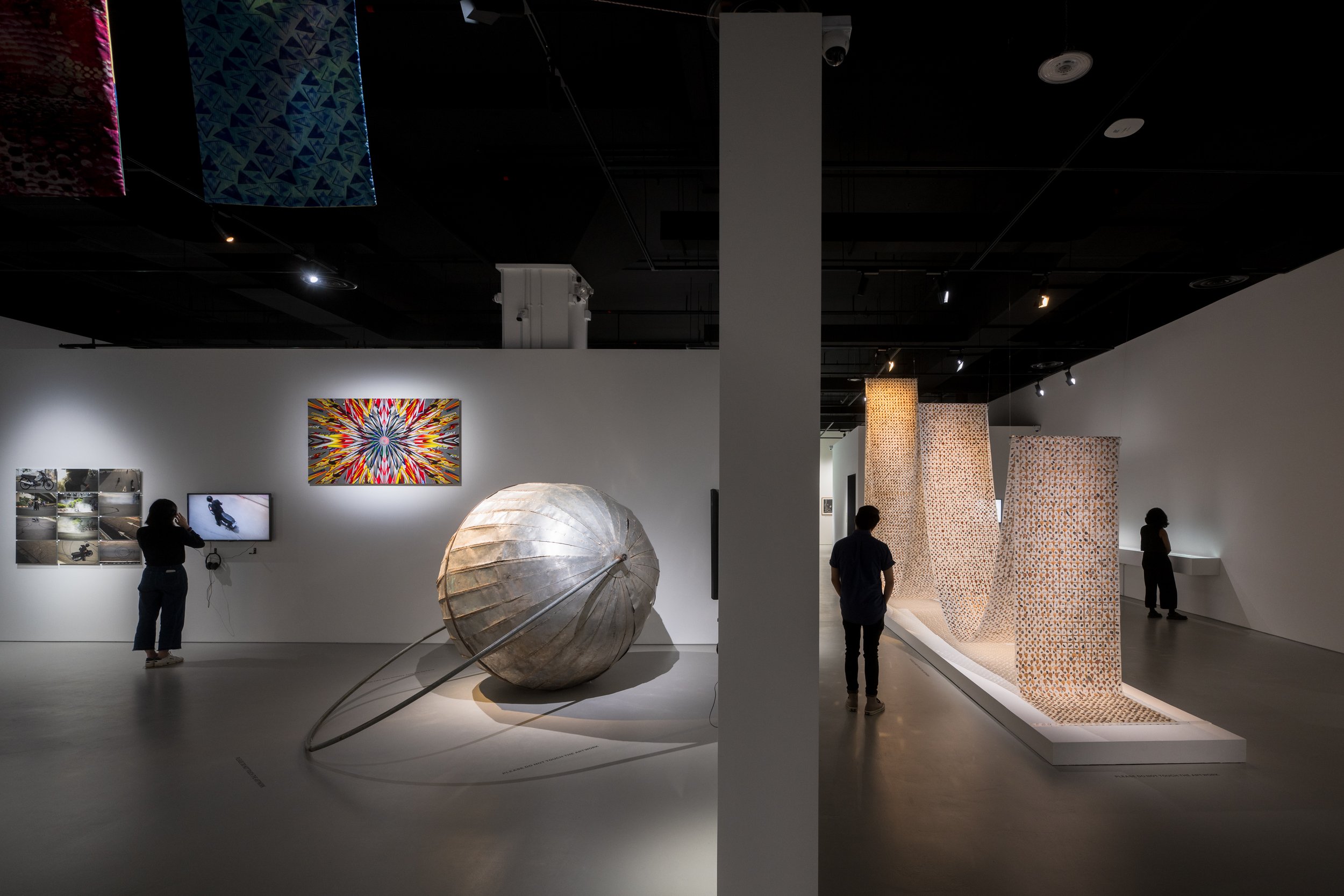
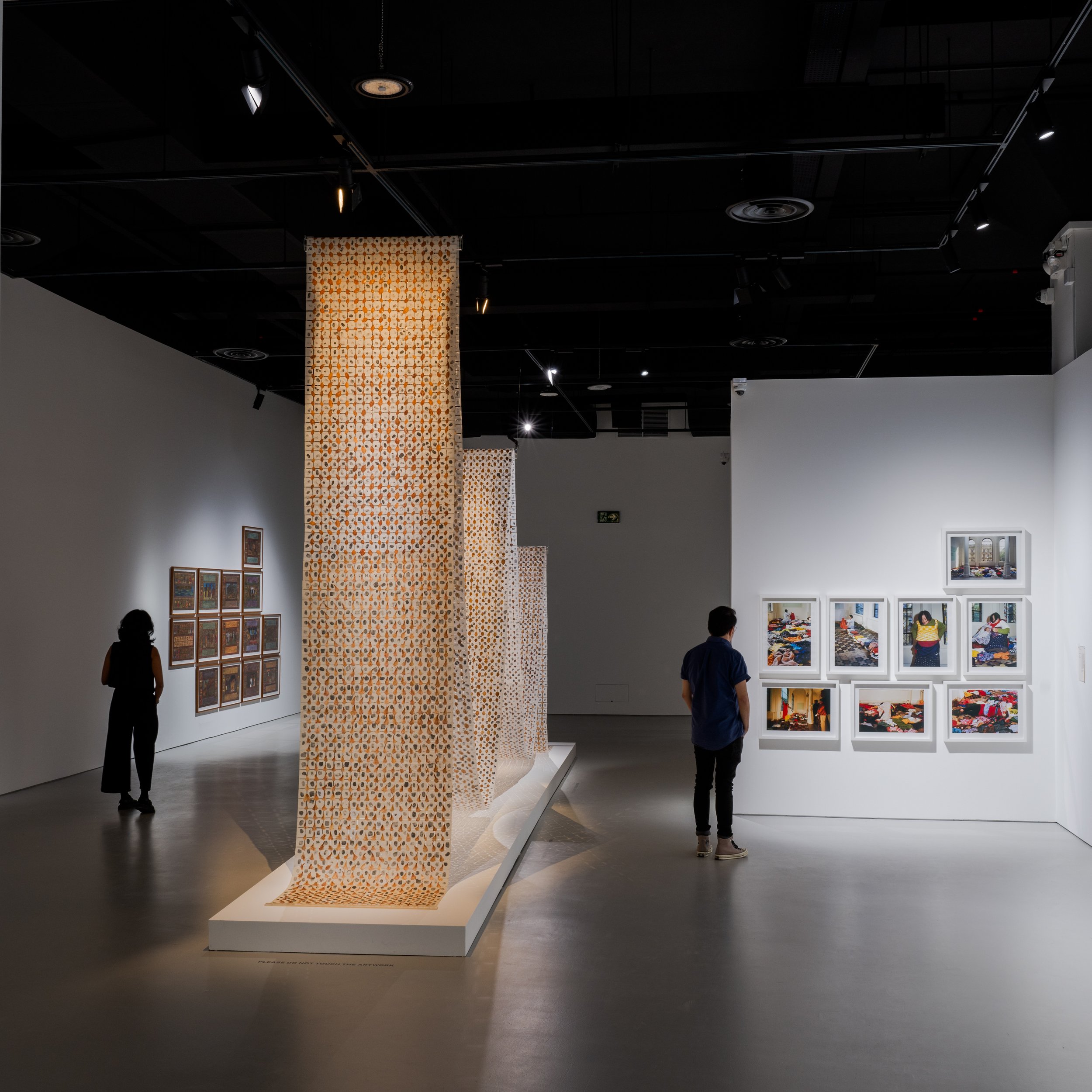

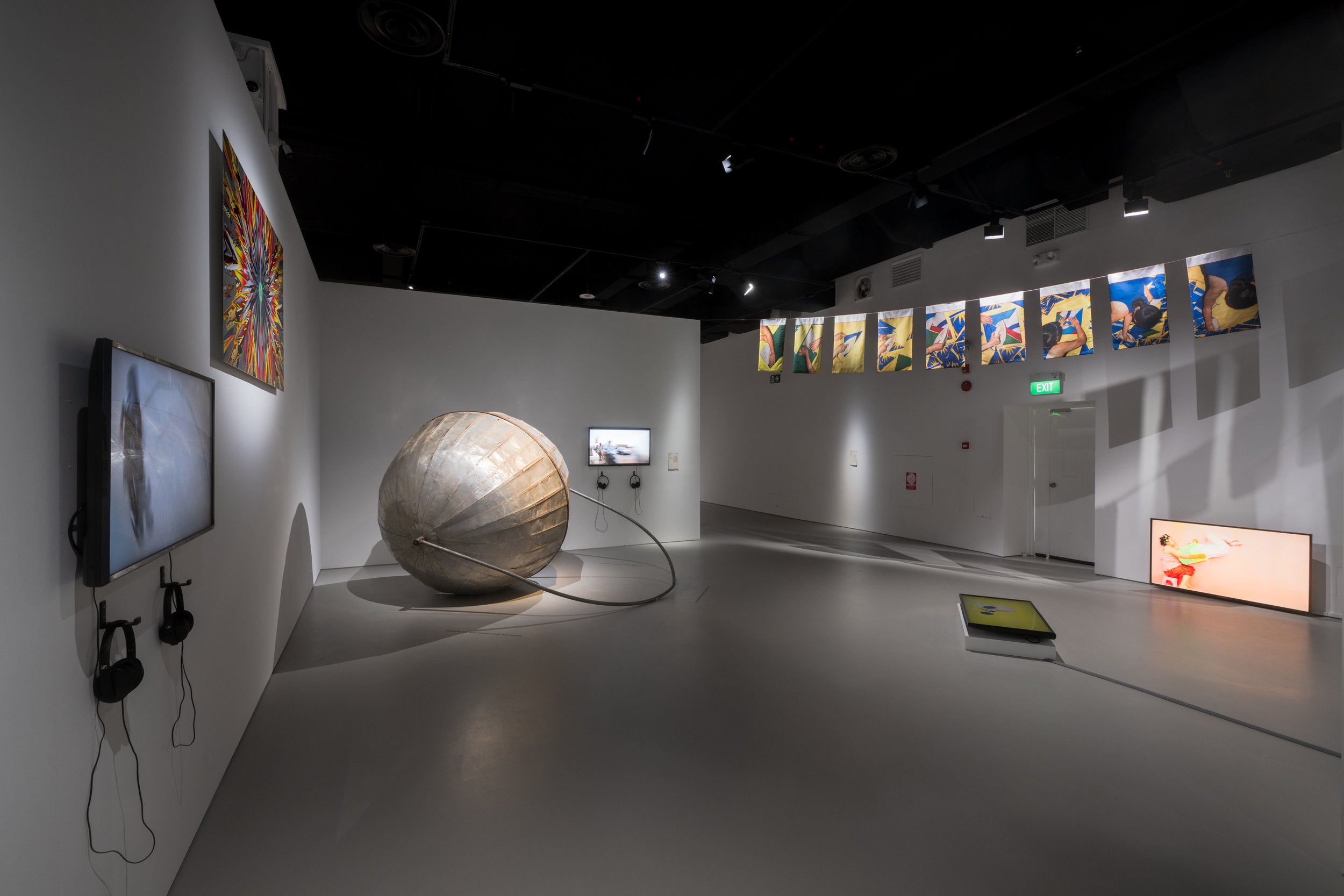
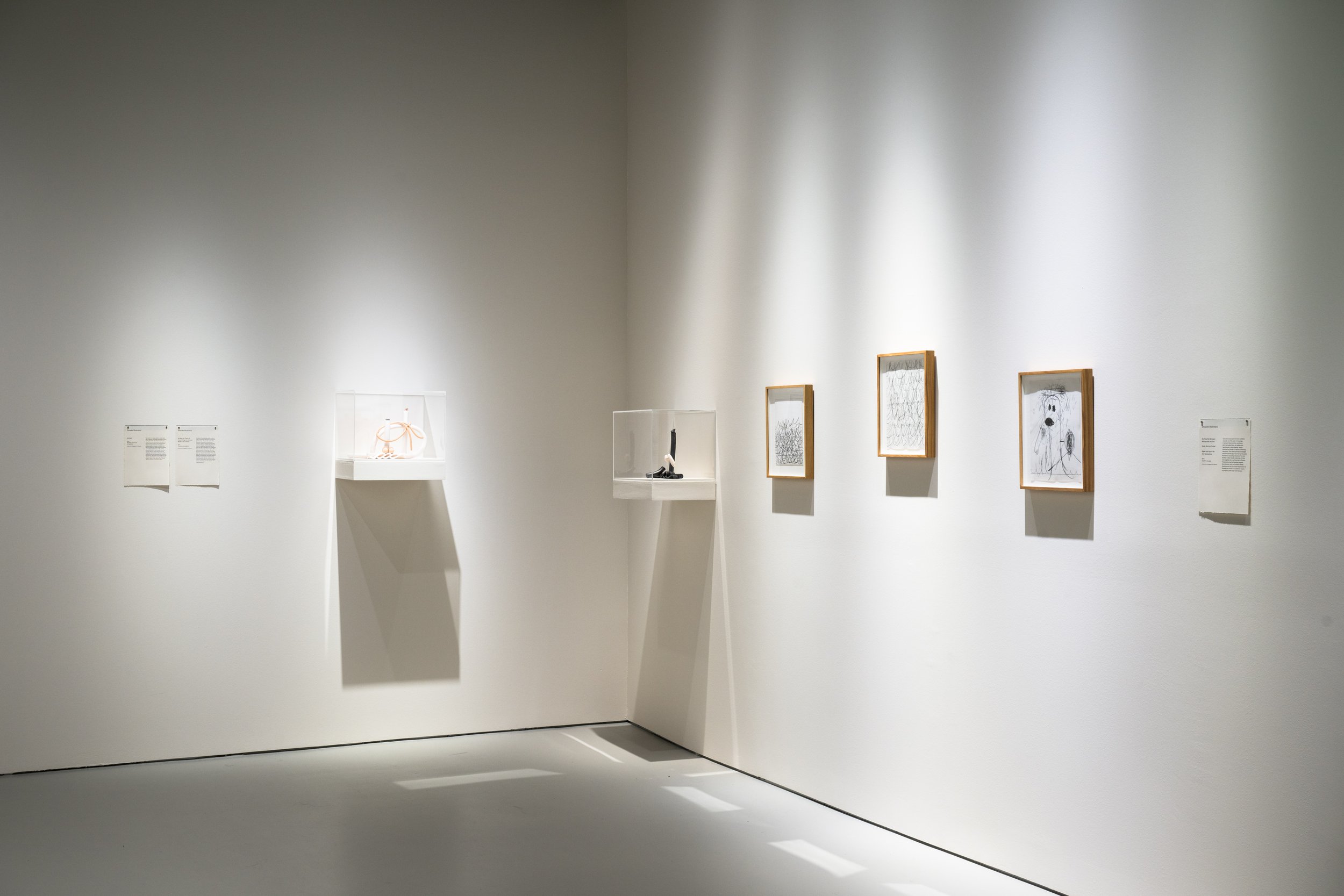
Installation view of 'Everyday Practices’ at SAM at Tanjong Pagar Distripark. Image courtesy of Singapore Art Museum.
The exhibition spotlights SAM’s efforts to grow a distinct and diverse collection with significant artworks from around the world and to present thoughtfully curated collection-focused exhibitions for local and international audiences. With the new collection gallery, SAM continues to offer new ways to explore artworks and practices that reflect our contemporary conditions. It also serves as a space that encourages active participation, discourse, and dialogue.
“The opening of Everyday Practices at SAM’s new collection gallery marks a significant milestone in our efforts to develop and showcase SAM’s critical collection of contemporary art. By deepening research on and expanding the collection scope of artistic practices from the 2000s in Southeast Asia and beyond, SAM aims to draw out narratives and perspectives that highlight the region’s diversity and connection with the global. We look forward to welcoming visitors to this new space, where everyone is invited to engage in dialogues with and around art that defines our time.”
Detail view and Installation view of Maria Taniguchi’s ‘Untitled’ (2017) as part of ‘Everyday Practices’ at SAM at Tanjong Pagar Distripark. Image courtesy of Singapore Art Museum.
Continuing the theme of repetition, Maria Taniguchi’s Untitled features a brickwork pattern covering the entirety of the artwork surface, extending endlessly. Each brick, a fundamental element in our daily environment, is painstakingly outlined in pencil and washed with black acrylic. This visual and conceptual device links this painting to others in the series. The varying dilutions of the paint introduce subtle tonal shifts, reflecting the passage of time and the steady, labour-intensive process that characterises Taniguchi’s work.
Everyday Practices further examines how routine actions and gestures can serve as subtle forms of resistance, revealing how art becomes a tool to navigate challenges amid ongoing global conflicts and humanitarian crises. Htein Lin’s Soap Blocked utilises everyday items from his environment to convey powerful messages. Just as how Taniguchi hand-draws each brick, Htein Lin’s installation features hundreds of hand-carved soap blocks, arranged to form a map of his native country Myanmar, with red blocks marking the locations where political prisoners have been held. Upon closer look, each soap block reveals a tiny, hunched figure trapped within the rectangular space. This work reflects Htein Lin’s personal history of imprisonment for political dissent and the collective helplessness experienced under military rule.
Installation view of Khvay Samnang’s ‘Untitled’ (2011-2013) as part of ‘Everyday Practices’ at SAM at Tanjong Pagar Distripark. Image courtesy of Singapore Art Museum.
Echoing this concept, Khvay Samnang’s Untitled depicts the artist pouring a bucket of sand over himself in five different lakes in Cambodia’s capital Phnom Penh. This act, documented in video, responds to the displacement of thousands of families due to the illegal sale of state-owned lakes to private investors. Khvay’s futile yet symbolic gesture captures the powerlessness of the resettled communities, resigned to their fate.
Installation view of Minstrel Kuik’s ‘Domesticated Politics’ (2015) as part of ‘Everyday Practices’ at SAM at Tanjong Pagar Distripark. Image courtesy of Singapore Art Museum.
Narratives shaped by turbulent political landscapes and histories are also explored in Minstrel Kuik’s Domesticated Politics, which recontextualises flags from Malaysia’s 2013 General Elections by presenting them as DIY creations. By abstracting and “muting” these flags through domestic acts like folding and ironing, Kuik feminises and softens objects that were once exuberant, masculine, and heroic, offering a reflective commentary on the political and societal landscape of the country. Similarly, Svay Sareth’s Mon Boulet— French for “my ball” or colloquially, “my burden” — involved a gruelling 250-kilometre journey from Siem Reap to Phnom Penh over six days, during which he dragged an 80-kilogram metal ball through the streets and alleys of Cambodia. This arduous feat symbolises the heavy personal and historical burdens that still linger in Cambodian society today while highlighting the resilience of the human spirit, as embodied in the ball’s relentless forward motion.
Installation view of Guo-Liang Tan’s ‘Peripheral Ritual I–III’ (2018) as part of ‘Everyday Practices’ at SAM at Tanjong Pagar Distripark. Image courtesy of Singapore Art Museum.
Guo-Liang Tan’s Peripheral Ritual I–III consists of three paintings made with thinned paint on aeronautical fabric, producing seemingly accidental yet meticulously composed stains through various bodily gestures such as shifting, tilting and turning. Tan's process, which he describes as using his “own body to respond to the painting as objects, ” results in amorphous hues that evoke the appearance of bruised skin, highlighting the physicality of his approach and the negotiations between body, material and laws of physics (or forces of gravity). Wong Hoy Cheong’s Tapestry of Justice extends this exploration of subtle resistance through a delicate tapestry of over 10,000 photocopied thumbprints held together with plant leaves and petals. Collected during Malaysia’s Reformasi movement in the late 1990s, they function as an artwork and a petition, highlighting the ironic duality of thumbprints as a mark of criminality and a reliable form of identification, while emphasising the power of collective action to drive change.
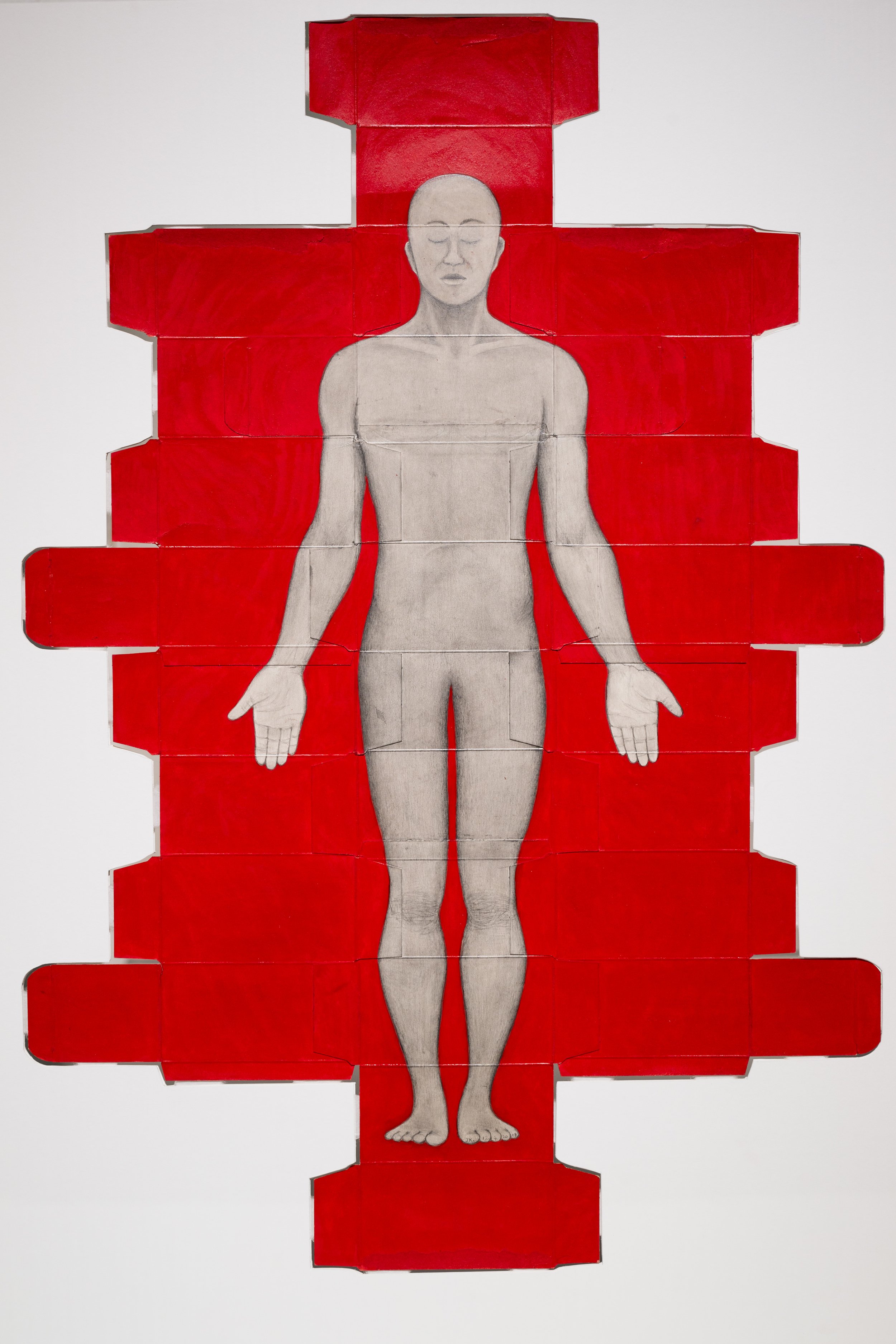
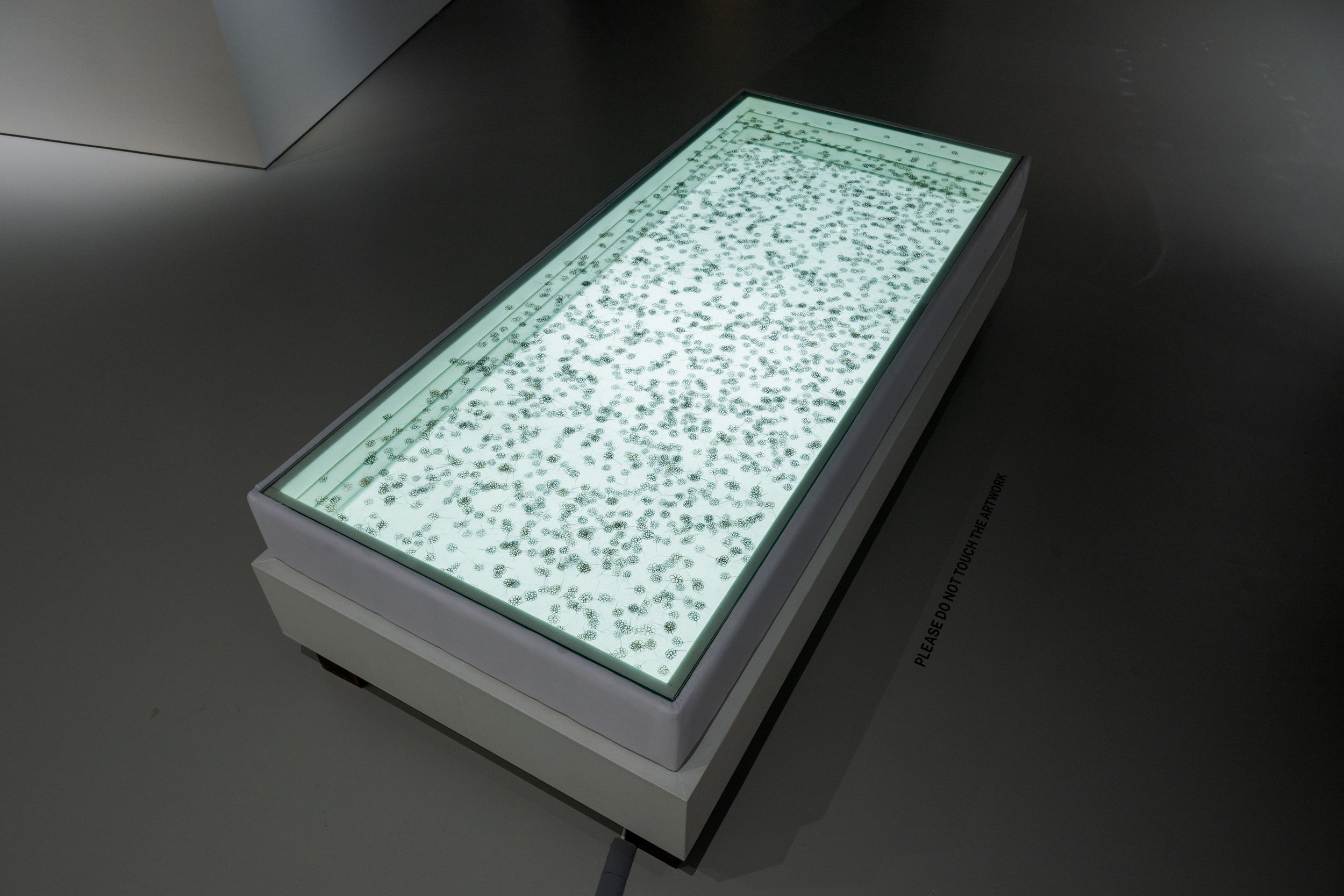
Detail view of Jerome Kugan’s ‘The Internalised Self: Apollo’ (2018) as part of ‘Everyday Practices’ at SAM at Tanjong Pagar Distripark. Image courtesy of Singapore Art Museum. Installation view of Imhathai Suwatthanasilp’s ‘The Flower Field’ (2012) as part of ‘Everyday Practices’ at SAM at Tanjong Pagar Distripark. Image courtesy of Singapore Art Museum.
Other artworks compellingly reflect narratives of endurance in the face of personal adversities. Jerome Kugan’s The Internalised Self series (Atlas, Apollo, Icarus, Ganymede) features ambiguous and androgynous figures set against crimson backgrounds on recycled cartons of antiretroviral drugs, alluding to the artist’s HIV-positive status. These figures, devoid of conventional gender markers, explore themes of selfhood and resilience, transforming a deeply personal predicament into a narrative of self-reckoning and empowerment. Similarly, Imhathai Suwatthanasilp’s The Flower Field, featuring meticulously handspun balls of hair donated by cancer patients, survivors, and supporters, evokes a utopian realm. This poignant tribute to human resilience carries a powerful message of hope for a brighter future.
About Singapore Art Museum
Singapore Art Museum opened in 1996 as the first art museum in Singapore located in the cultural district of Singapore. Known as SAM, the museum presents contemporary art from a Southeast Asian perspective for artists, art lovers and the art curious in multiple venues across the island, including a new venue in the historic port area of Tanjong Pagar.
The museum is building one of the world's most important public collections of Southeast Asian contemporary art, with the aim of connecting the art and the artists to the public and future generations through exhibitions and programmes. SAM is working towards a humane and sustainable future by committing to responsible practices within its processes
Everyday Practices opened on 30 August 2024 and will close on 20 July 2025.. For more information about the exhibition and other exhibitions at SAM, please visit their site here. The museum can also be found on Facebook, Instagram, X, and YouTube.






